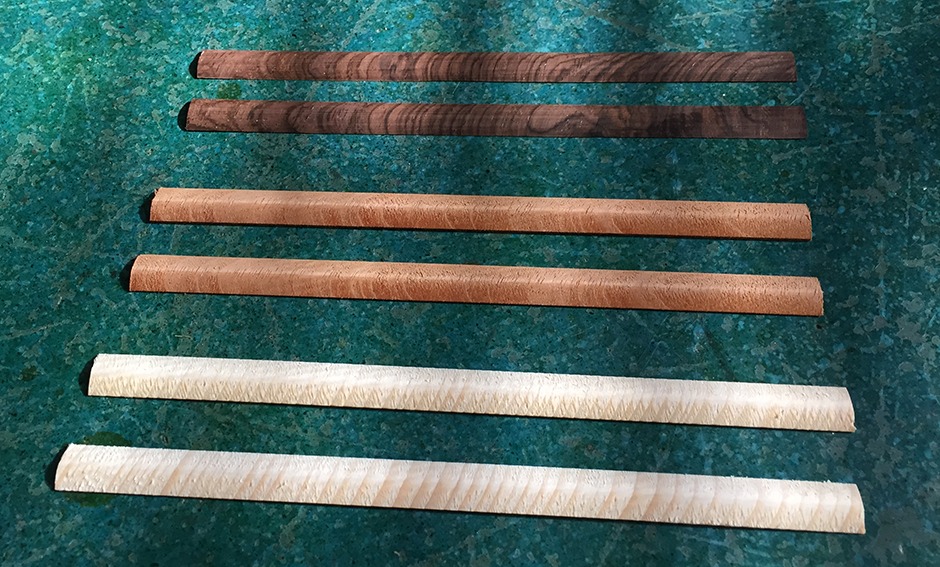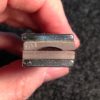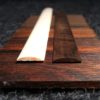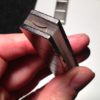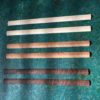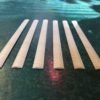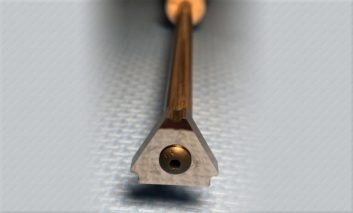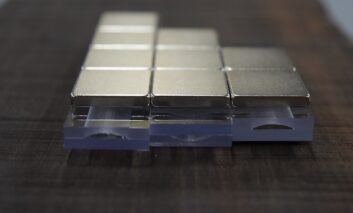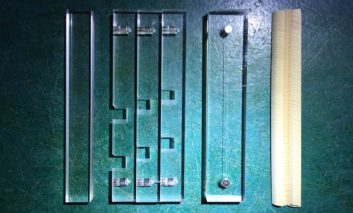Description
These feather-weight (less than .8g), thin (.055″), super strong cleats are the heart of this new system. Combined with installation cauls and strong magnets, they allow you to glue both the crack and the cleat in one operation. Once everything is located and aligned, the cleat can be installed perfectly in less than 60 seconds, finally making hide glue a viable option. The grain is oriented at an angle (22.5 degrees, matching that of prewar tone bars), which is about the only thing they have in common with their earlier predecessors, the diamond and disks cleats.
If you ever need to uninstall the cleat, it can quickly be removed (if glued with hide glue, other glues will take longer) by laying a warm damp sponge on top of it. In a few minutes, you’ll be able to lift the cleat out. Any residual hide glue can be removed with warm water and a small sponge.
Mahogany, maple and Adirondack spruce cleats are 6″ long. Rosewood cleats are long enough for the longest span you’re likely to encounter between back braces.
If you order multiples of rosewood cleats, you can expect to receive a variety of different colors and grain configurations.
